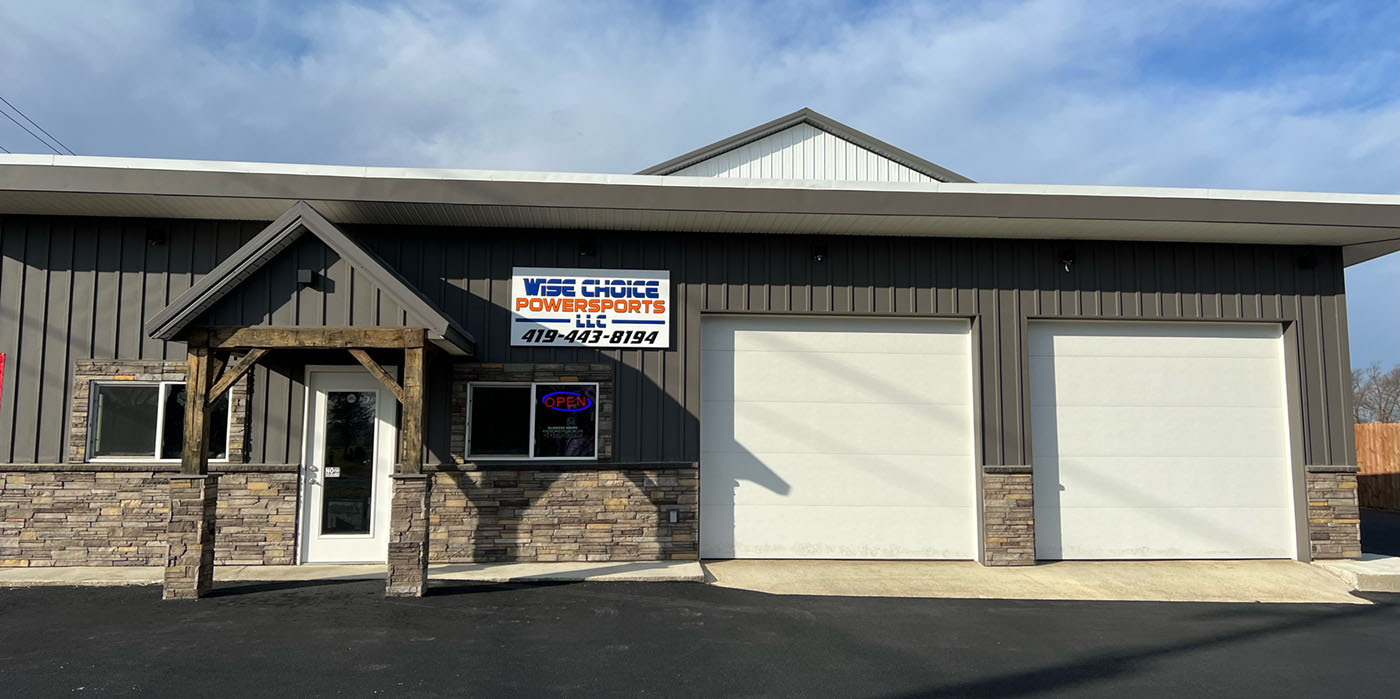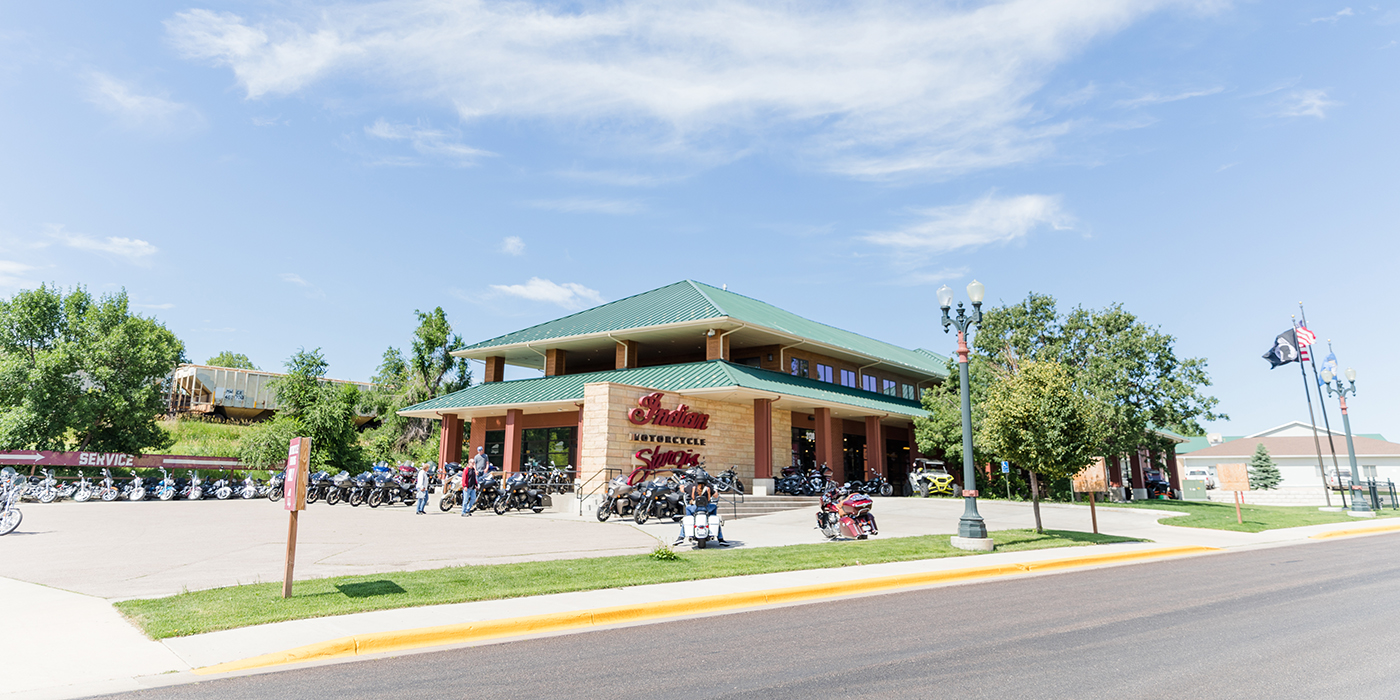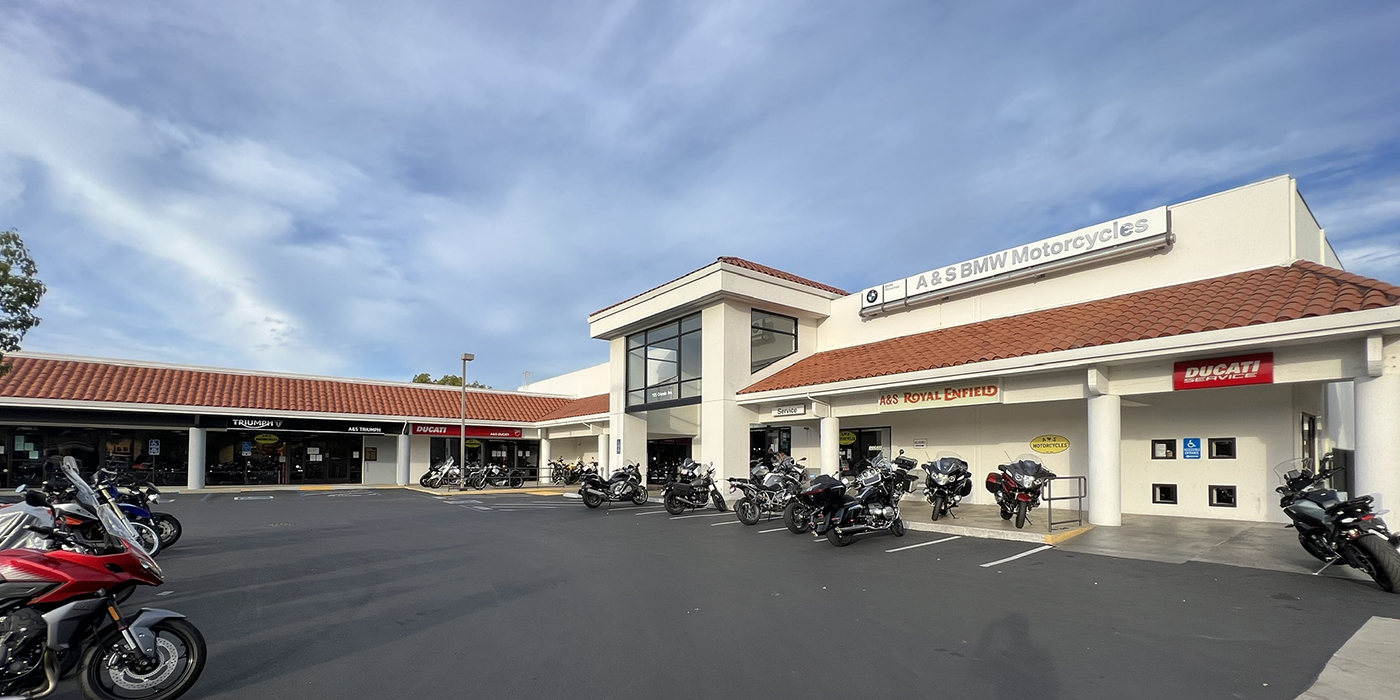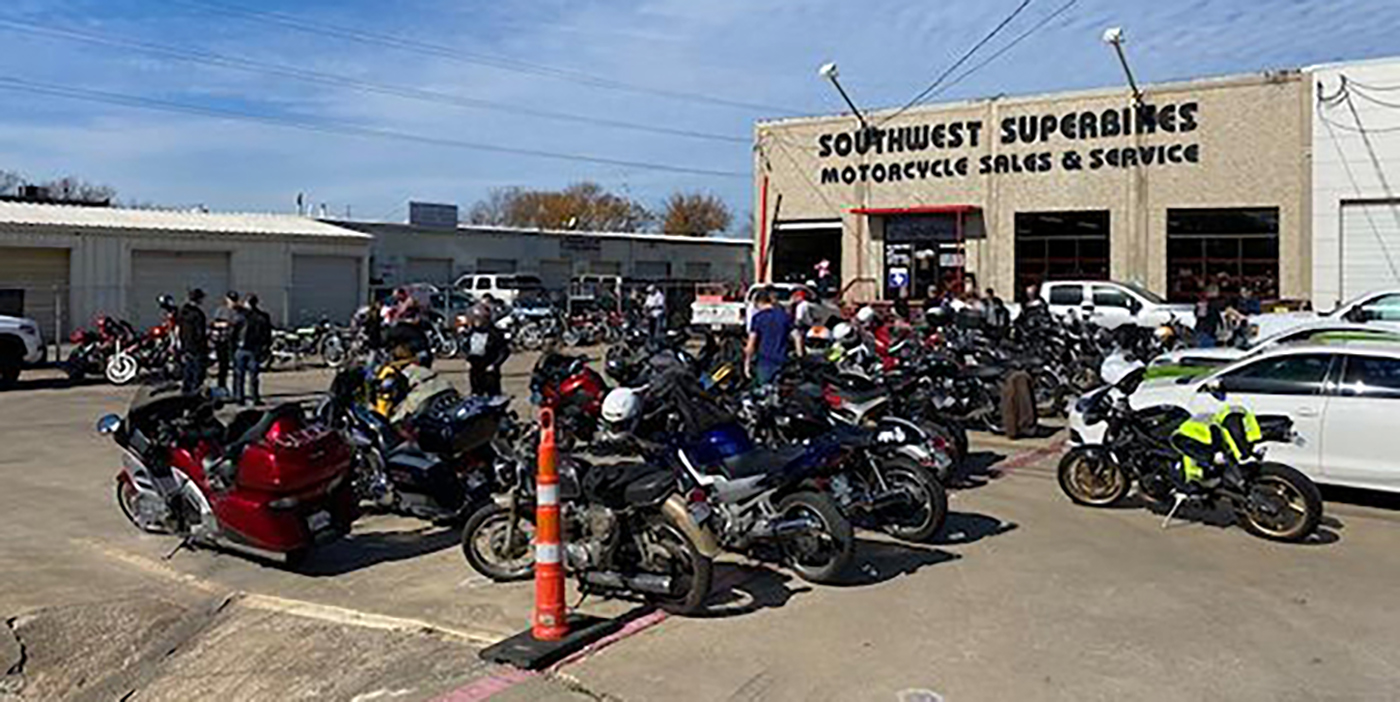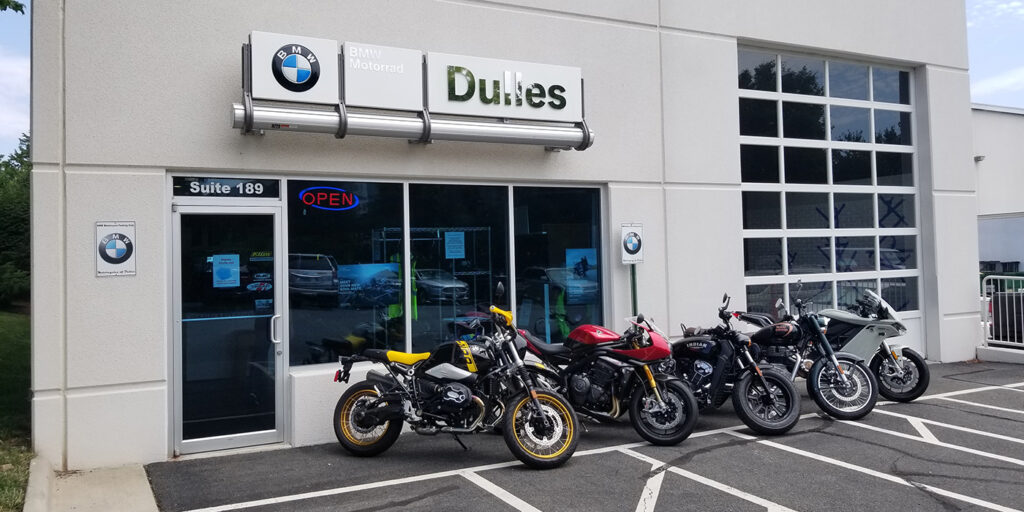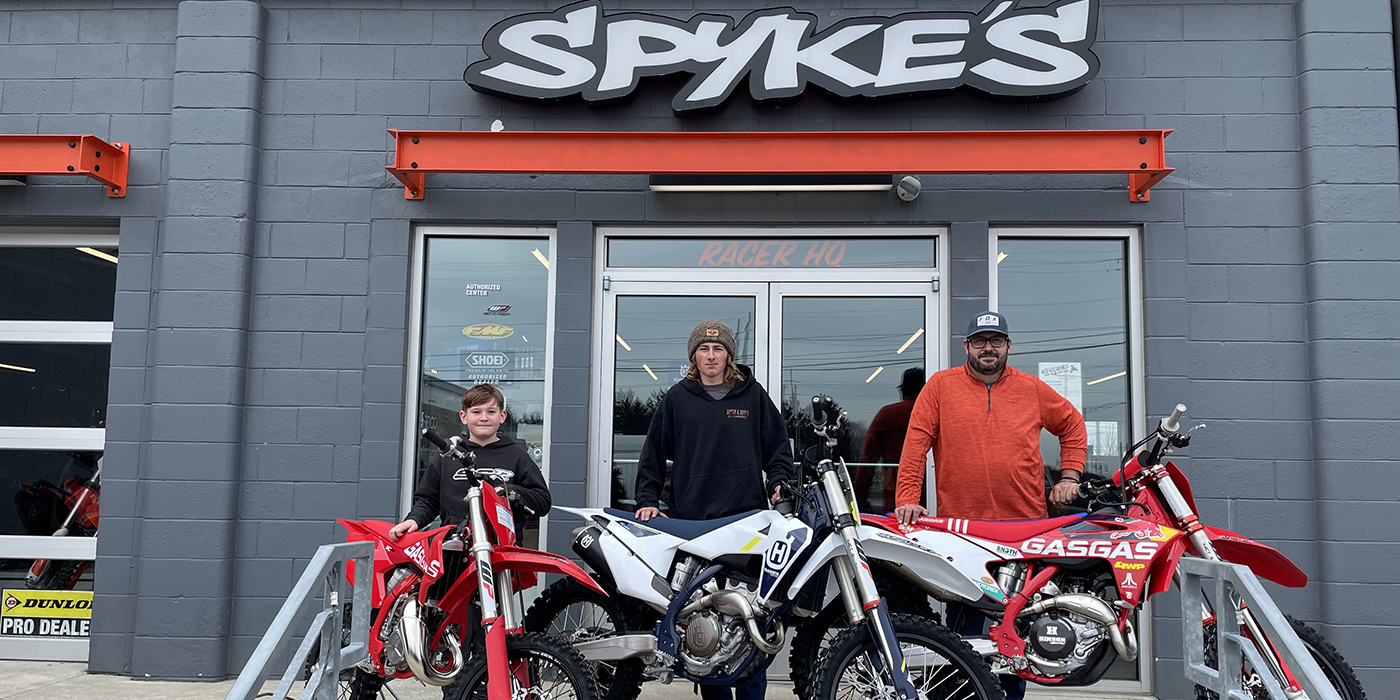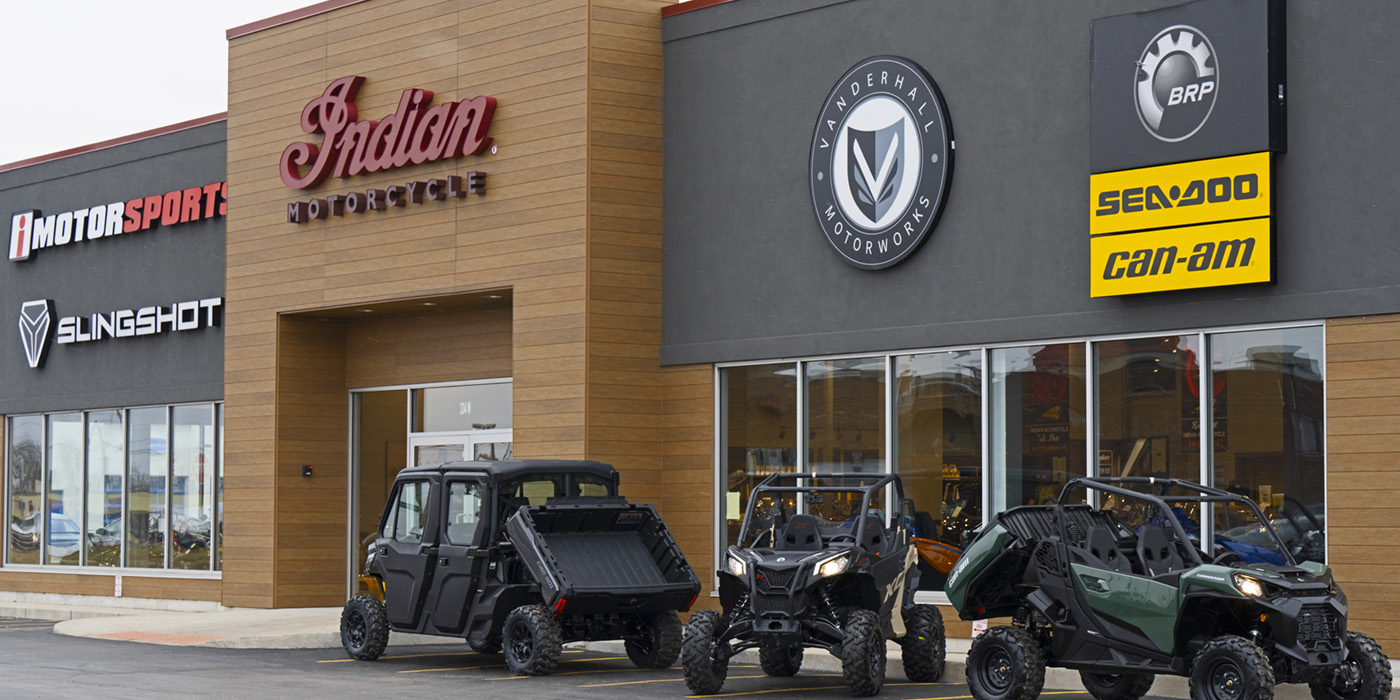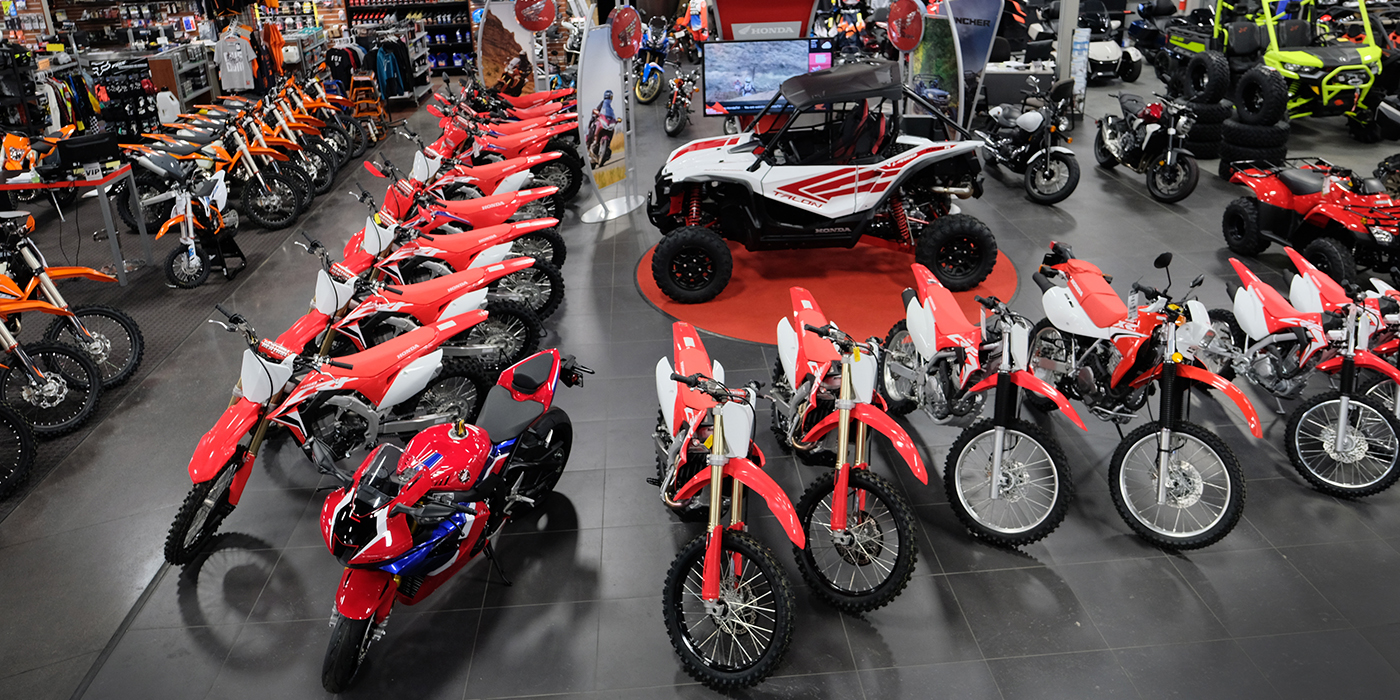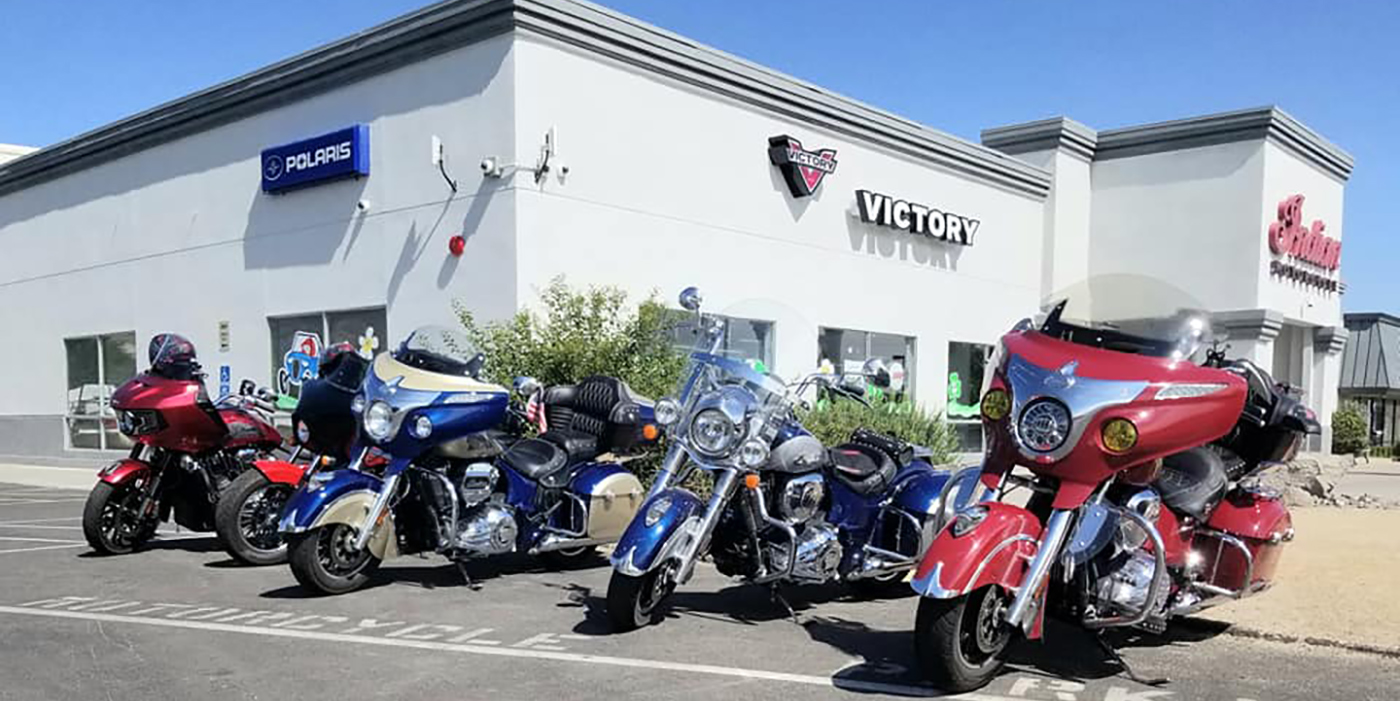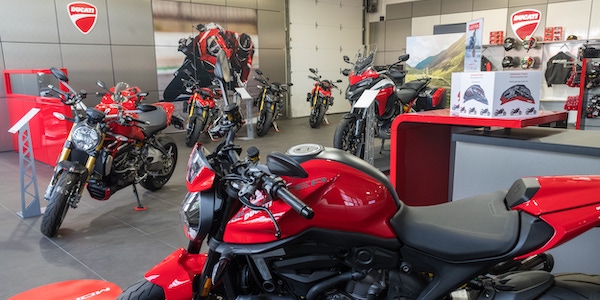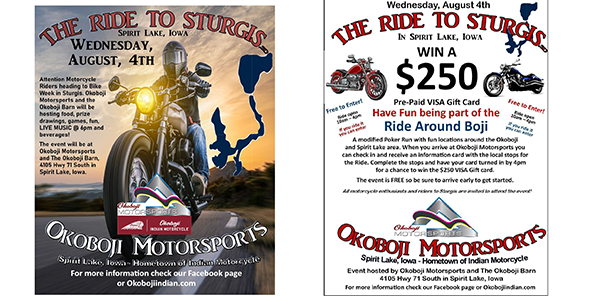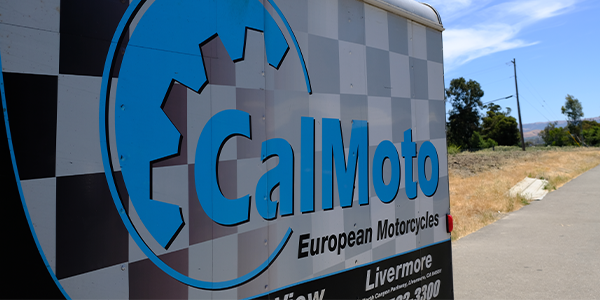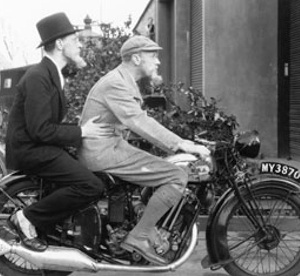 One of your better customers is in the parking lot, proudly showing off an old motorcycle in the back of his pickup truck. He just inherited it from his Uncle Mitch. It is a genuine classic, and it hasn’t run for 20 years. Half your staff is out looking at it. The customer asks if you can help him get it running. What do you say?
One of your better customers is in the parking lot, proudly showing off an old motorcycle in the back of his pickup truck. He just inherited it from his Uncle Mitch. It is a genuine classic, and it hasn’t run for 20 years. Half your staff is out looking at it. The customer asks if you can help him get it running. What do you say?
“It depends on what it is, your experience with that type of motorcycle and what the owner wants you to do,” says Glenn Bator, well-known restoration expert and classic bike broker.
Few dealers would be tempted to work on something unusual, like a 1928 Henderson or a 1962 Bianchi 175. Let’s say it’s a Ducati single from the 1960s and you sell Ducatis, or it’s a Harley-Davidson Panhead and you’re a Harley dealer. Maybe it’s the dead of winter and business is a little slow. Maybe the owner, like Uncle Mitch’s nephew, is someone you want to keep happy.
If you sell a brand whose earlier products are now being featured in concours exhibitions, you can often get parts from your OEM for these older models — and win the gratitude of a customer who has been having a hard time locating what he or she needs to get the bike running. However, there’s a big difference in handing the parts to a customer who is going to do the work himself and handing the parts to a mechanic in your service department who’s installing them on the customer’s bike. Working on classic bikes has pitfalls as well as promise. Offering service on older bikes can be a new profit center — or a giant headache.
Before you get out the work order, think through these steps:
How Do Vintage Bikes Fit Into Your Business Plan?
A sideline in parts, sales and repair of vintage bikes can be both fun and profitable if approached the right way. John Landstrom, owner of Blue Moon Cycles, a BMW, MV Agusta, Royal Enfield and Ural dealer in Atlanta, Ga., sells vintage bikes and vintage bike parts, and offers service for older BMWs. He says that the sales and parts business is profitable, and the repair end of the business has side benefits. “I get a lot of referrals from BMW dealers who don’t want to deal with vintage bikes. Most customers who have a vintage bike also have a modern bike. These customers are coming to us because we can help them with their vintage BMW needs, but they soon learn that we can help them with their newer BMW as well.”
Munroe Motors, a Ducati, Triumph, MV Agusta and Moto Guzzi dealership in San Francisco, will also work on older motorcycles. “We have done entire rebuilds on bikes back to the 1950s,” says David Bottini, Munroe’s service manager. “We recently did a Norton Atlas.”
These older British motorcycles are very common in the San Francisco Bay area. Munroe Motors has been around since 1958 and sold many of these now-classic motorcycles when they were new. It makes good business sense to Munroe’s not to turn this large, and often well-heeled, segment of customers away.
You may want to keep track of the walk-in traffic and telephone calls requesting information, parts or service on older or classic motorcycles. You may find that you have been turning significant business away. How many of your existing customers have a vintage bike? Being able to help the owner with all of his or her bikes will increase customer loyalty.
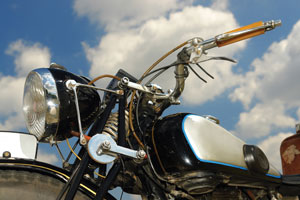 Does Your Mechanic Have The Expertise To Work On The Motorcycle?
Does Your Mechanic Have The Expertise To Work On The Motorcycle?
Working on vintage bikes is not the same as working on new bikes, even those manufactured by the same company.
“Most modern dealerships don’t have the current expertise to work on an older bike,” says Randall Washington (better known as Randakk), owner of Randakk’s Cycle Shakk, a specialist firm that manufactures vintage Honda parts. “Some do, like the dealer down the street from me. He has a vintage specialist working for him, and does a brisk business in older bikes.”
“The key is getting a competent technician,” says John Lanstrom. “I have one guy who only works on vintage BMWs.” If a technician is not experienced, he won’t have the special skill set required to competently repair vintage machinery.”
Bator points out that a pre-Evolution Harley is put together very differently from today’s Twin Cam machines, and the engineering concepts are not the same. “Mechanics who are capable of working on a Panhead or a classic Indian are either retired or have their own independent business.” Dave Kafton, a mechanic who has made a specialty of working on pre-Shovelhead Harleys, cautions that a person with the best of intentions can ruin the value of these bikes. One way is by sanding and polishing the many castings on them. “There is no way to replicate the original casting look after sanding and polishing. You can’t get it past a concours judge.”
On the other hand, although the same care needs to be taken to avoid damaging the value of the cycle parts (“Do the research before you even wipe off the bike,” says Bator), the drivetrain of classic Japanese motorcycles is assembled using most of the same engineering concepts as modern Japanese motorcycles. “Today’s mechanics will understand the motor and be able to work on it without major problems,” says Bator.
Do You Have The Necessary Tools?
Older British bikes are put together with Whitworth sized nuts and bolts. Ken Armann, owner of Ken Armann British Motorcycles, points out that not only did many English motorcycles continue to use Whitworth sizing into the late 1960s, but also some bikes use a combination of sizing. “For example, take one popular bike, the 1975 Mark III Norton Commando. The hand control switchgear on the bars is metric. Most of the rest is SAE, except for the transmission and the carburetor, which is Whitworth. There are also specialty tools, like sprocket pullers.”
Munroe Motors can offer service on classic English motorcycles because their technicians have two complete sets of Whitworth tools and a large assortment of the special tools needed to work on classic British machinery.
Is What You Are Doing Cost Effective?
“Sometimes, someone else can do more for the customer, and it is more cost-effective to send the job out,” says Dave Bottini of Munroe Motors. “We think about whether it will take us longer and cost more. We don’t do extensive cylinder head restoration, for example. We lace newer wheels, but we send older ones to Buchanan’s, a specialist in Southern California. We subcontract extensive welding jobs.”
“We tend to shy away from full restoration projects on customer bikes,” says Landstrom. “These jobs require a lot of time and expense and most customers don’t have the patience or budget. We prefer to restore motorcycles we own and then, when they are finished, offer them for sale. This way, the work is done on our schedule to our standards.”
“The key to a satisfied customer is to make sure the customer has realistic expectations,” says Landstrom.
“You need to get customer buy-in,” says Randakk. “Fixing old bikes is often a slippery slope. You touch one thing, and you get a half a dozen other issues, usually complicated by frozen bolts. Bikes that have been off the road for a while may actually look decent, but each and every system needs attention to make sure it is safe, reliable and roadworthy. Without diligence, a simple repair can quickly morph into a full-bore restoration.
“The other problem is that sometimes the value of the bike is low but the maintenance is high. Many classic bikes are worth a good amount of money these days, so the owner doesn’t mind paying for the work. But if the bike is an early-’80s small Honda and the value is $800, if you’re charging $500 to repair it, the owner is going to get upset.”
The need for owner expectations management extends to sales of classic machines. “I don’t like to sell vintage bikes on eBay because I want to make sure there is the right fit. I want to sell them a motorcycle they will be happy with,” says Landstrom. “I probably talk as many people out of a vintage bike as into one. Many dreamers out there don’t realize that old bikes need a lot of maintenance. The supply of quality vintage bikes is limited, and there are enough customers out there that I don’t have to worry about selling vintage. A little discretion at the time of sale will almost always result in a happy customer.”
Finding Subcontractors And Referrals
If you have a mechanic with the tools and expertise to work on the motorcycle, an understanding customer who knows the estimate may be revised, and you’ve done the research before you wipe off the dust to make sure that you are not destroying the bike’s value, by all means, fill out that work order. You may make a friend for life.
If you don’t have a mechanic with the expertise to fix the bike in your customer’s truck, you can still add some value to a customer’s contact with you by referring the customer to a reputable vintage bike mechanic.
“The best way to find a reputable referral is to go through the clubs and local specialty shops,” says Ken Armann.
Dave Kafton says that the local chapter of the Antique Motorcycle Club of America (the largest U.S. classic bike organization) or the American Historic Racing Motorcycle Association (for vintage racers) will help find a reputable referral.
Munroe Motors has built up a list of subcontractors and referrals over the years, often from personal relationships and contacts outside the industry, such as car clubs. These referrals are known to be reliable from previous experience.
“We provide a service that a lot of people don’t provide anymore,” says Munroe Motor’s Dave Bottini.
Approached with care, you can render valuable assistance to people with vintage motorcycles previously manufactured by your OEM. You can help the owner with getting parts, drivetrain service, or a referral to someone else that can help. You can even sell vintage bikes. Stepping forward to help the classic bike owner will win you increased business, word of mouth referrals and customer loyalty. Uncle Mitch would approve.

